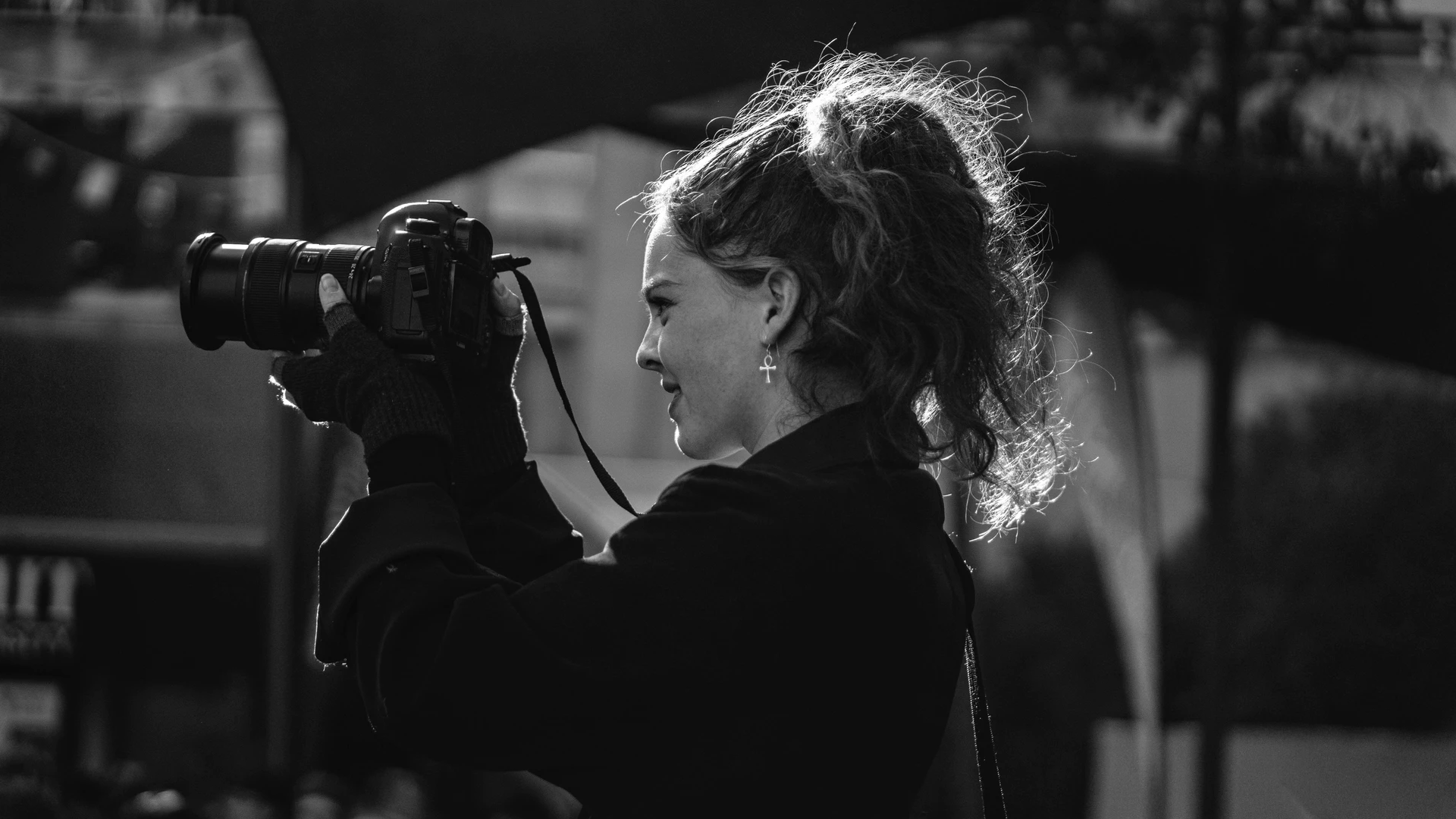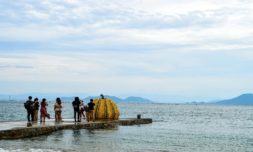Katya Ilina, David
Katya Ilina is a female portrait and fashion photographer who explores identity expression, gender, and the human condition in the context of social and cultural change.
Her submission, David, forms part of a series that challenges ideas of masculinity and femininity.
Her work contrasts the typical portrayals of men and women, and shows male sitters in typically feminine poses.
‘Painters have portrayed men in positions of power… whereas females are often pictured naked and reclining, communicating weakness and openness to gaze.’
Ilina wanted to explore the idea of ‘real man’, and the Western associations of physical and emotional strength.
She explains, ‘contemporary men have the right to be vulnerable and gentle.’
Katya Ilina was born in Perm, Russia but has spent time in the UK, the US, Canada, Hong Kong, Japan, and Korea.
Her previous works have looked at the subcultures in cities, such as her series on the ‘24 Hour Party People, Seoul’.
David Prichard, Tribute to Indigenous Stock Women
David Prichard’s entry commemorates the First Nation women of Australia, who have spent the majority of their working lives as stock women in Far North Queensland.
This is not the first time Prichard has chosen indigenous peoples for his subjects; in 2019 he produced a series that showcased First Nation rodeo riders.
It was the popularity of this exhibition that led the Normanton council in Queensland to commission this series on stock women, which Prichard was more than happy to do.
‘Any level of investigation into Australian history reveals the years of trauma that indigenous people have suffered,’ Prichard said.
He explains that he wanted to create portraits that were ‘worthy to represent these women today and into the future.’
Prichard’s work has also been nominated for the National Portrait Gallery Competition in 2018.
Pierre-Elie de Pilbrac, Hakanai Sonzai
The title means ‘I, myself, feel like an ephemeral creature’, and is a series of portraits taken by Pilbrac in Japan’s most troubled regions where he took portraits of those showing courage in the face of extreme adversity.
Pilbrac travelled to Fukushima to photograph residents still exiled from their homes, contaminated by the nuclear meltdown that happened a decade before.
Other portraits in the series include those taken in the former capital of coal in Japan, Yubari, a mining town devastated by colliery closures and depopulation.
Pilbrac explains, ‘each portrait emanates from long discussions I had with my subjects about a painful event in their lives.’
He ‘forbade’ movement in these portraits, in order to capture the idea of the subjects being trapped by their surroundings.
Pilbrac’s work has been widely celebrated in exhibitions and awards throughout his 11-year career.
The winner will be announced on 8th November, and will receive £15,000, with runners up receiving £3,000 and £2,000.




















